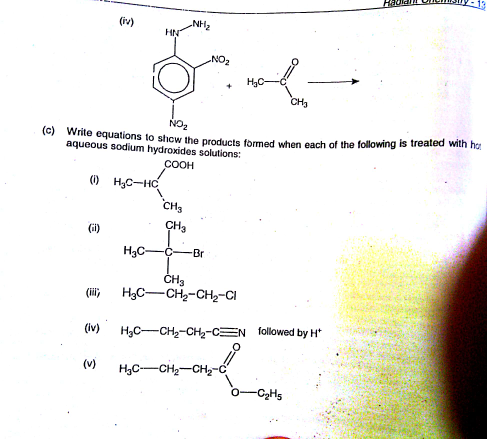
AllQuestion and Answers: Page 1235
Question Number 92036 Answers: 0 Comments: 2
$$\mathrm{2}^{\mathrm{3}^{\mathrm{2}} } =? \\ $$$${A}.\:\mathrm{64} \\ $$$${B}.\:\mathrm{512} \\ $$
Question Number 92032 Answers: 0 Comments: 0
Question Number 92016 Answers: 1 Comments: 0

Question Number 92013 Answers: 1 Comments: 10
Question Number 92010 Answers: 1 Comments: 0
Question Number 92008 Answers: 0 Comments: 1
Question Number 92003 Answers: 0 Comments: 2
Question Number 91996 Answers: 0 Comments: 2
$$\int\left(\mathrm{arcsinx}\right)^{\mathrm{2}} \mathrm{dx}=? \\ $$
Question Number 91995 Answers: 0 Comments: 1
$${hello}\:{what}\:{is}\:{the}\:{metric}\:{of}\:{schwarzchild}\:{dynamics}. \\ $$
Question Number 92025 Answers: 2 Comments: 1
Question Number 91977 Answers: 4 Comments: 10

Question Number 91982 Answers: 0 Comments: 0
Question Number 91990 Answers: 0 Comments: 2

Question Number 92000 Answers: 1 Comments: 0
Question Number 91961 Answers: 0 Comments: 1
Question Number 91960 Answers: 0 Comments: 3
Question Number 91954 Answers: 0 Comments: 4
Question Number 91948 Answers: 0 Comments: 1

Question Number 91946 Answers: 2 Comments: 3
Question Number 91933 Answers: 1 Comments: 2

Question Number 91936 Answers: 0 Comments: 6
$${how}\:{to}\:{evaluate}\:{ln}\left({i}\right),\:{i}=\sqrt{−\mathrm{1}}. \\ $$
Question Number 91931 Answers: 0 Comments: 3
$$\int_{\mathrm{0}} ^{\mathrm{1}} {ln}\left(\Gamma\left({x}\right)\right)\:{dx} \\ $$
Question Number 91930 Answers: 0 Comments: 2
$$\underset{{x}\rightarrow\mathrm{0}} {\mathrm{lim}cos}\:\frac{\mathrm{1}}{{x}}= \\ $$
Question Number 91919 Answers: 0 Comments: 1
Question Number 91914 Answers: 1 Comments: 0
Question Number 91912 Answers: 0 Comments: 2
Pg 1230 Pg 1231 Pg 1232 Pg 1233 Pg 1234 Pg 1235 Pg 1236 Pg 1237 Pg 1238 Pg 1239
